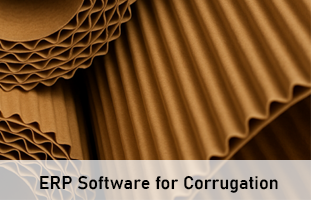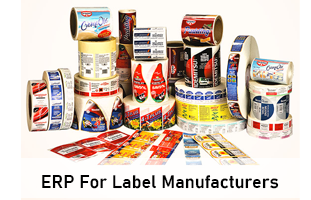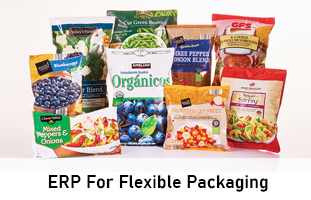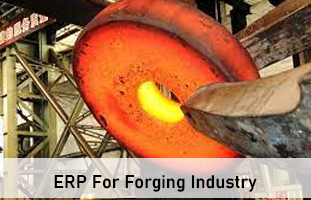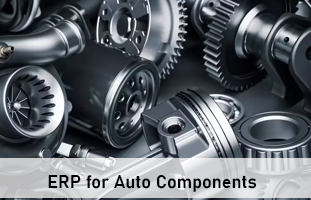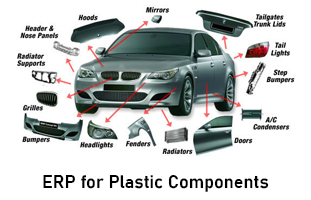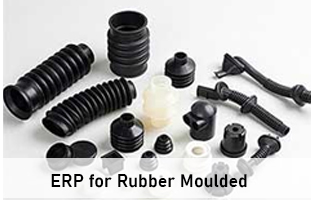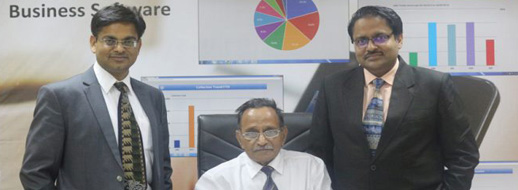Finsys’s aim: Monetise everything, from downtimes to customer complaints
In 29 years of its existence, Finsys ERP and its co-founders Puneet Gupta and Sangeet Gupta have grown into one of the leaders in the corrugation space with over 700 installations worldwide
18 Aug 2021 | By PrintWeek Team
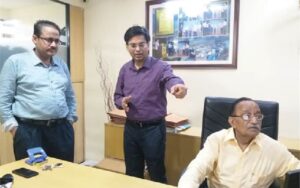

Our founder, ML Gupta, says that to be efficient and effective, we must see finance in everything; finance in planning your printing machine loading time, the financial effect of making a purchase order for wrong kraft paper or wrong quantity, or incorrect price and more. So, Finsys was born to make businesses better. To instill things from the point of view of a financial wizard and empower an intelligent entrepreneur.
Our journey began in 1991 when we received the first commercial order for invoicing, accounts and inventory management applications. This was the time when even hard disks were still not used in PCs in India. We used to work on five-inch floppies. Then in 1995, our first ERP for multi-state, multi-factory set-up was implemented. We kept crossing further milestones after that, and there was no looking back. From the days with no internet, now with servers themselves on the internet, it has been a long journey for us. Not to mention, people’s mindset about technology is changing and becoming more receptive over the years.
Shaping our future
We owe a lot to our patron customers for all our initial learnings. Today, if we are anything, we consider our customers our Guru’s and their knowledge as disciples.
The trinity of Rajiv Khemka, Sanjeev Khemka and Ashish Khemka at KCL helped us understand both corrugation and mono-cartons rather closely. We learned and worked in multi-cities with the radio frequency towers, where public internet bandwidth was relatively low in availability. So, that’s how corrugation took centre stage at Finsys. We learnt how a packaging rainbow from Himachal Pradesh to Uttar Pradesh to Haryana to Tamil Nadu is born and built.
I should mention our experience with Ravindra Gupta of PR Packaging, Faridabad, as another landmark. Even today, we fondly recall his one line – “Ek ek minute ka hisaab hona chahiye” (every minute is essential). And each minute of his Heidelberg machines, to even manual packing staff, is important and paid for. And as the head of the organisation, it is his duty to know that all machines and all men have proper and sufficient work.
The third notable experience that I remember is that with Velvin Paper Products, who started the journey towards paper bags – a journey that most corrugators are now thinking of. Vincent Mathias and his partners had the foresight for the same, and they even implemented flexo printing for the top layer of corrugation. All led to innovations in Finsys ERP, too.
I should mention Skypack India, one of India’s first few flexible packaging companies, who are also into laminated tubes and helped implement barcodes in actual production situations at every stage. Every roll from the raw material stage to the finished stage was barcoded. We learned the skills, techniques of flexible packaging under the guidance of Naresh and Naveen Talwar.
Finally, Miracle Corrupack was another miracle in our lives. A company systematic to the core. So many good ideas to make every rupee count. The processing cost per kg comes down when an entrepreneur sets up systems and sees that the systems work every minute. Locks out the mistakes at every step. We work with them in corrugated packaging, label packaging, mono cartons and more. It was a pleasure and, notably, a critical
part of our learning curve.
My brother (Puneet) and I, were part of the company since our college days. We learnt every aspect of the business – including training the customers. I am nostalgic about it, the usage of five-inch floppy disks, the now-defunct operating systems (DOS, UNIX) and the absolute joy of starting something
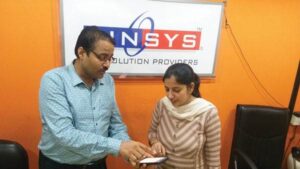
The Eureka moment
We were just out of college and completed our professional qualifications, too. Like any of our colleagues, we were looking forward to the campus placement.
That is when there was a tryst with destiny. Our founder, with his first-hand experience in software development at HUL Group and his business acumen gave birth to the brand Finsys. And then he said, “I am looking forward to young men who are willing to stake their lives in this start-up. Are you ready?”
Puneet and I looked at each other, adrenaline pumping, jumped the queues of jobs, and became co-founders of this mini-river called Finsys ERP.
Our family, especially our mother, has been proud of our achievements since. We grew up listening to her stories about her brothers who created a multinational garment business. And seeing us expand our footprint has only added to her joy. This entrepreneurship spirit has definitely allowed us to take risks. Going to unknown lands in Mauritius, Saudi Arabia, UAE, USA, and helping the packaging plants all over taste one more flavour from India, that is Finsys ERP.
We have had several moments of great satisfaction, but the feedback from Alok of Prem Industries and Sandeep of SPM Automotives stuck with us over the years. The fact that they said they recovered their investment in the ERP in two to three months through the savings in consumables alone is a vindication of our effort and objective. They were pleased that ERP enables them to isolate problems in every department and address them
proactively.
The ERP movement in the Indian print industry
For some, ERP was seen as a way forward, and for others, it was a formality. We all know, implementing an ERP means it entails a cultural change in the organisation. And it has to be top-down. The owner or head of the organisation has to imbibe the values and drive them all the way.
The main culprit here, I would say, is the thought process. One major failure factor is considering ERP implementation to be a mere delegated IT to project instead of a project involving change management. I would say it is a business force multiplier. So, it is not like, say, the purchase of a laptop or a server. The commitment to the entire exercise is imperative.
Successes beget success. And failures beget failures. With more and more companies getting successful with their ERP implementation, and as an industry, there is some degree of recognition that ERP is behind most successful packaging companies; the ERP wave has begun now.
The decision-makers should recognise the values that it brings to their organisation.
Finsys and ERP would help with the effective use of machine time, save manpower time, even in the packing department. Also, it helps save effort in follow-up of customers for artwork approval to payment reminders, to order confirmation, save time in automatic follow-up of vendors for reminders for timely delivery, to automated RTGS bill payment advice, and of course, prevent manual errors creeping into processes.
It is important to recognise that digitisation of data has made the overall flow of information quicker and more effective. Your sales orders, purchase orders, price history, quality history, productivity history, everything is online for you to see, understand and gauge.
For example, if you know what went wrong in a past shipment to this customer, this information comes to you when you are making a job card for the next shipment. The chances of error go down by 90%. That is the power of digitisation.
Making information ready, on your tips, when you want, every time, anytime.
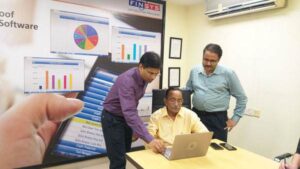
Solving niche problems with Finsys
I always feel every problem brings with it a unique solution. We at Finsys, in our web product, created a column for local language based on the continuous feedback from our customers on ways to improve the user experience.
So, for an additional one-time effort, you and I can print the job card in Hindi, and for that matter, in Tamil, Malayalam and Assamese, too. We are already using this knowledge to print invoices in Arabic+ English, as twin languages in many countries in West Asia.
We also have an MNC customer in Pune, Dreamplast, which provides payslips to staff and workers in Marathi or Hindi language, generated directly from our ERP.
Where there is a need, there is a solution. India is the land of unlimited opportunities.
Among many other efforts, we constantly work on improving our user experience to make the application more intuitive and user-friendly.
We consider something operator-friendly when it is so evident that no special training is required. And that is the very founding principle with which we have built Finsys. Today, Finsys helps people work on their purchase, sales, stores, accounts, quality, production, and fast results, even with little training.
There are so many traffic lights or alerts built in the system to automatically get alerts if they are about to make a mistake. Thus, keeping everything on track.
Similarly, the options of Excel upload of reels, copy-paste features in different modules, usage of simple language on the screen and printouts, makes life a lot easier for the operator.
Enabling integrated operation
Without ERP, all employees are working with different Excel files, manual registers, or Google sheets. They might be connected in some parts, but for most, it is tedious. The ERP brings all three things in good tandem. They are operations, reports and locks.
The users get auto alerts for activities done or not done by the previous stage operators. For example, the production team will get alerts for critical raw material lying in QC beyond three days, or QC getting alerts of goods that came in since the morning and are still at the material gate.
Reports are also connected. The material requirement planning report picks data from the FG stock department, RM stock, pending purchase orders, bill of material, sales plan, production plan, material in transit from vendors, pending in QC and more, all into one super screen. Showing the customer the net of what he must buy now and what he must schedule to get delivered to my factory in the second week from now, third week, sixth week, 11th week and 12th week from now. This is amazing because it brings all the islands together. Thereby creating one single continent.
We also have several locks such as non-payment status in accounts, which can help “lock” the new production job card for a C-class non-paying customer. Line rejection of stock by production/quality can “lock” the payments to a vendor. Postponing the delivery dates of a customer sales order can help automatically lock the purchases for that item’s raw material.
Continuous improvement is the key
We are constantly trying to improve the features we have and also make the entire application as robust as possible
In the recent past, we have added many new features including a pocket printer to print the issue slip, which a forklift operator can fit on his belt (the same device which is used in the parking lots by the parking attendants) and is connected to his/her Android phone via Bluetooth.
QR barcode-based accounting vouchers entry is another new addition. That is, automatic accounts departments getting online, digitally, using scanners.
We have also completed integration with Insoft automation, one of the best packaging layout management and cost management software.
Each new feature brings something new towards ease of doing business. One more step towards intelligence or an idea to save cost, a new MIS report to get to the roots of the business problems and so on.
A lot of research goes into each new idea, and they are indeed making your life easy. You have to see the ERP yourself, at least the MD-MIS area, to know what I mean. It is so fascinating; we bet you will not leave it.
We have also built a bouquet of mobile apps ranging from apps for invoicing specifically for production-related activities. Not only that, but we have also improved security measures considering the vulnerabilities that exist in this connected world with enabling two-step authentication wherever required.
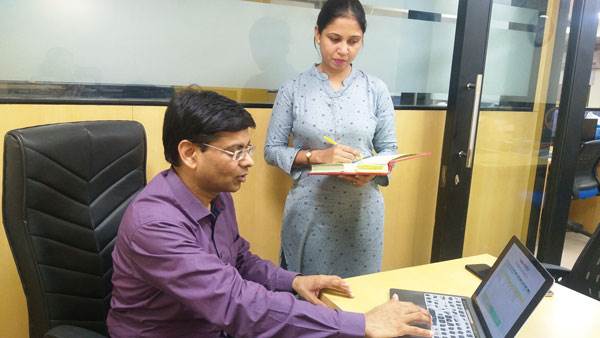
The best we have worked with
While we have worked with some of the top packaging companies globally, I have noticed or identified key factors that every corrugation converter should be aware of. Firstly, they need to focus on realised revenue per kg and then on conversion cost per kg, and finally, the focus should be on linear metre per day.
If I have to name a few top facilities that I have seen in my experience, it would be Hotpack Dubai, their flexible packaging division, label printing, mono carton and cup division – for their massive infrastructure. Employees from 30+ nationalities, working in unison, on one ERP. And the focus of management remains: On time, every time.
Panoply, Sriperumbudur, for their material movement systems, and dedication of Mahavir and Vardhaman in seeing things happening through systems and downloading data regularly.
TGI Packaging, Sriperumbudur, uses the planning dashboard, PPC dashboard, WIP status reports daily. Thus, helping the factory work faster than it usually would.
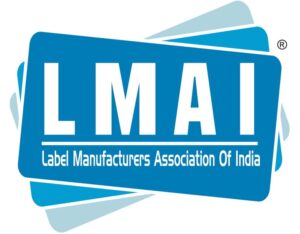
And lastly, LMAI president Kuldeep Goel’s Any Graphics, Noida. Excellent facilities, every stock is barcoded including every ink, every adhesive, and every machine spare part. And there is a regular stock audit, too. Every visitor in the factory is given a pre-approval, is photographed, given a visitor pass with his photo and a small barcode. That is scanned again when the visitor goes out. Each step counts.


The key mantra for most top converters when it comes to ERP is to ensure control flows from the top. Also, money outflow is important. Monetise everything from downtime to line rejections, to maintenance cost, to customer complaints.

I would recommend the principle of seeing selected five to 10 reports of one out of six departments every working day of the week. And discuss those reports in detail.
The new normal and final words to the industry
The pandemic and the new normal have also brought about drastic changes to how work is carried out, especially in an organisation such as ours.
The entire work culture has shifted to a remote working style, with web meeting apps becoming a boon. It also brought the industry closer, with webinars taking over and giving us the ability to connect with customers all over the world seamlessly. And with ERP becoming an essential service of sorts with organisations needing a system to drive their business, we had to step it up.
While the importance of ERP is growing, the top management must keep driving the teams to complete the project and transform to using the system. We notice the initial enthusiasm more often than not, but as the weeks progress, team members get busy with their routine and put the ERP on the back burner. This results in many pointing fingers at the solution provider, whereas the effort has to be collaborative. The highest stake is
of the management of the packaging company and hence highest involvement must also be of the management too.
Also, overall though, we see a better understanding of ERP even from the tech luddites; we notice the resistance to technology going down by the day.
Having said that, I feel that the current generation of entrepreneurs is buying the best machines; they are not resistant to technology anyway. The change that you have to bring in is thinking that IT technology products are
also excellent “machines”, as important as your imported presses, and they are required to get the best out of your men, machines, material and money. They give the fifth M (method), and it is crucial to imbibe it as a part of business life.
The SOP should be carved in stone and the hearts of everyone in the organisation. Technology is your friend, a very close friend or a brother or a sister. Embrace them happily and enjoy the warmth just like we meet our relatives of the grand Indian family in our marriage ceremonies.
The Finsys way: Enabling integrated operation
Without ERP, all employees are working with different Excel files, manual registers, or Google sheets. They might be connected in some parts, but for most, it is tedious. The ERP brings all three things in good tandem. They are operations, reports and locks.
The users get auto alerts for activities done or not done by the previous stage operators. For example, the production team will get alerts for critical raw material lying in QC beyond three days, or QC getting alerts of goods that came in since the morning and are still at the material gate.
Reports are also connected. The material requirement planning report picks data from the FG stock department, RM stock, pending purchase orders, bill of material, sales plan, production plan, material in transit from vendors, pending in QC and more, all into one super screen. Showing the Purchase Department and PPC, the net of what he must buy now and what he must schedule to get delivered to a factory in the second week from now, third week, sixth week, 11th week and 12th week from now. This is amazing because it brings all the islands together. Thereby creating one single continent.
We also have several locks such as non-payment status in accounts, which can help “lock” the new production job card for a C-class non-paying customer. Line rejection of stock by production/quality can “lock” the payments to a vendor. Postponing the delivery dates of a customer sales order can help automatically lock the purchases for that item’s raw material.
Four firms and the learning curve
Ravindra Gupta of PR Packaging, Faridabadused to say – “Ekek minute ka hisaab hona chahiye” (Accounting the Cost of every minute is essential). That’s how each and every minute of his Heidelberg machines, and even manual packing staff, is important and accounted for. And as the head of the organisation, it is his duty to know that all machines and all men have proper and sufficient work.
Then there is Velvin Paper Products, who started the journey towards paper bags – a journey that most corrugators are now contemplating. Vincent Mathias and his family had the foresight for the same, and they even implemented flexo printing for the top layer of corrugation. All this led to innovations within the Finsys ERP, too.
Skypack India is one of India’s first few flexible packaging companies, who are also into laminated tubes and helped implement barcodes in actual production situations at every stage. Every roll from the raw material stage to the finished stage was barcoded. We learned the skills, techniques of flexible packaging under the guidance of Naresh and Naveen Talwar.
Miracle Corrupack was another miracle for Finsys. A company which is systematic to the core. So many good ideas to make every rupee count. The processing cost per kg comes down when an entrepreneur sets up systems and sees that the systems work every minute. Locks out the mistakes at every step. We work with them in corrugated packaging, label packaging, mono cartons and more. It was a pleasure and, notably, a critical part of our learning curve.



